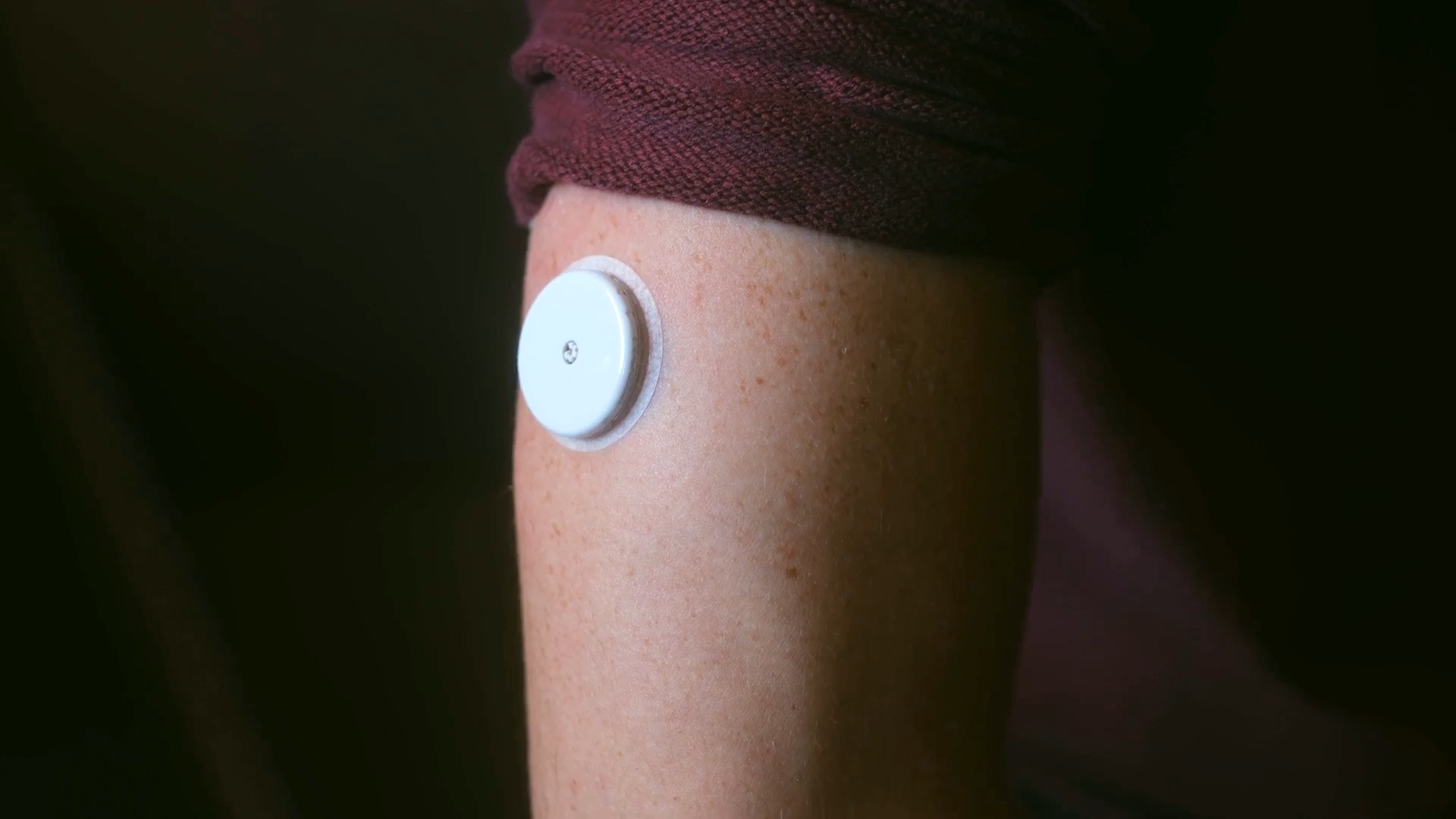Federally Qualified Health Centers (FQHCs) play a vital role in delivering care to underserved communities, yet they often face limitations with available resources and geographic reach. Remote patient monitoring (RPM) offers an innovative solution that empowers FQHCs to expand their care access without the operational strain. Learn more about how RPM for Federally Qualified Health Centers can help you serve your patients more efficiently and equitably.
The Role of RPM in Supporting FQHCs
RPM leverages remote sensor technology to monitor patients’ health data and provide actionable insights without in-person visits. This yields the following benefits.
- Improved Access: RPM reduces the need for travel, making healthcare more accessible for patients in rural and underserved areas.
- Enhanced Monitoring: Chronic conditions such as diabetes, hypertension, and asthma can be monitored continuously, helping providers intervene before symptoms worsen.
- Cost Savings: Preventing hospital readmissions and managing illness more effectively both save money for providers and their patients.
Addressing Common Challenges Faced by FQHCs
1. Overcoming Geographic Barriers
Many FQHCs serve rural populations. RPM enables patients to receive care from their homes through devices like blood pressure monitors, glucose trackers, and wearable health sensors. As Health Affairs notes, “people in rural America and beyond are growing increasingly comfortable with remote visits, and they are satisfied with the care they are receiving.” This is because it minimizes travel time and expenses while offering consistent medical oversight.
2. Managing Chronic Conditions
According to the CDC, chronic diseases account for 90% of the nation’s healthcare costs. They’re also prevalent in underserved populations. By providing real-time data on critical health metrics, FQHCs can proactively adjust their care plans and encourage better health outcomes.
3. Streamlining Resource Allocation
FQHCs often operate with limited staff and financial resources. RPM automates routine health checks, allowing providers to focus on high-priority cases and promote higher quality of care.
Examples of RPM in Action
Diabetes Management
An FQHC implemented RPM to monitor patients with diabetes. Patients used glucose monitoring devices that transmitted data directly to the care team. Alerts for abnormal readings allowed nurses to intervene quickly, reducing emergency visits within the first year.
Hypertension Control
Using RPM, an FQHC equipped its patients with Bluetooth-enabled blood pressure cuffs. Regular monitoring and feedback helped them maintain healthy blood pressure levels and substantially improve hypertension management.
How RemotePatientPro™ Supports FQHCs
We provide tailored RPM solutions that are designed to meet the unique needs of FQHCs by addressing the following.
- Comprehensive Device Integration: We support a wide range of health monitoring tools to gather accurate patient data.
- HIPAA-Compliant Platforms: We use cybersecurity best practices to maintain confidentiality of patient information.
- User-Friendly Interfaces: Our turnkey solutions are intuitive for both patients and providers.
- Scalable Solutions: We can customize your RPM program based on the size and scope of your operations.
By partnering with RemotePatientPro, FQHCs like yours can leverage cutting-edge technology to overcome barriers to care and improve patient engagement.
The Future of RPM for Federally Qualified Health Centers
We have no doubt that RPM will continue to bridge gaps in the medical field. For FQHCs, adopting it is more than a technological upgrade — it’s a commitment to equity, innovation, and better health outcomes for the communities they serve.
Would you like to learn more about how we can help your center? Contact us today to discuss a program.


